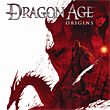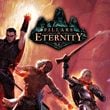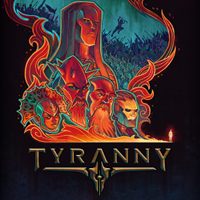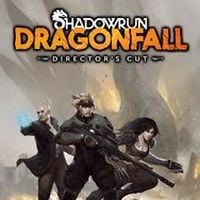Divinity: Original Sin 2. The best isometric RPGs of all time
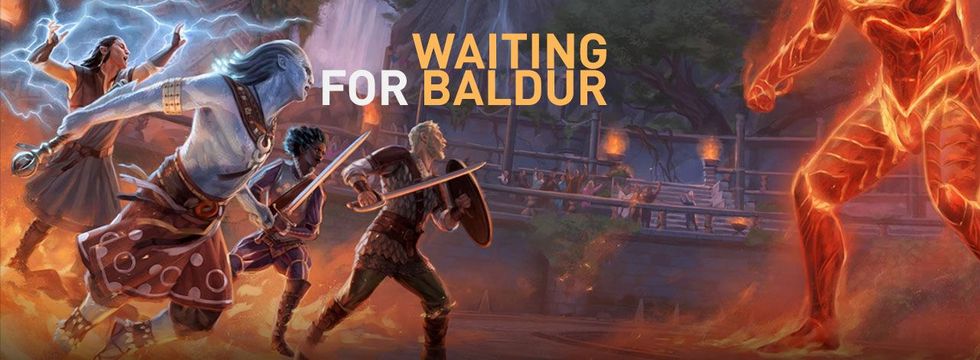
- The Best Isometric RPGs of All Time - Waiting for Baldur's Gate 3
- Tyranny
- Arcanum
- Divinity: Original Sin 2
- Planescape: Torment
- Baldur's Gate 2
Divinity: Original Sin 2
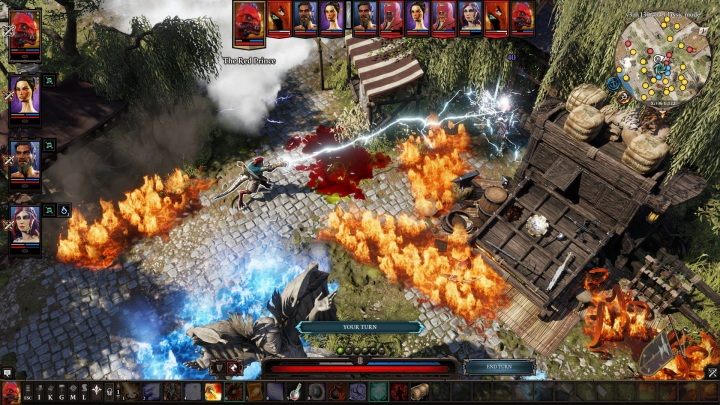
People who are surprised that Baldur's Gate 3's production was entrusted to Larian Studios probably haven't played Divinity: Original Sin II. Next to Pillars of Eternity II it is the best modern isometric RPG. The difference is that it's definitely more committed to embracing contemporary standards (and since the Baldur games were groundbreaking at the time of their release, it's only fair that don't get a simple rehash).
Already the first installment showed that Larian had found the optimal formula – the combination of a great, turn-based combat system, and unorthodox approach to typical fantasy tropes resulted in a smash hit. Part Two capitalized on the success and raised the bar even higher. So much so that merely a few games attained similar quality in the past decades. Divinity: Original Sin II is a huge game, and after all the patches – also a complete one. As I once put it in a review, and I stand by it today – it's a total RPG.
The tactical depth of gameplay is a treat for munchkinists who love to overanalyze combat. There's a multitude of possibilities here, as we not only can use swords, axes, bows and magic, but can also play with the environment and combining elemental powers – the developers encourage breaking the rules and finding new solutions).
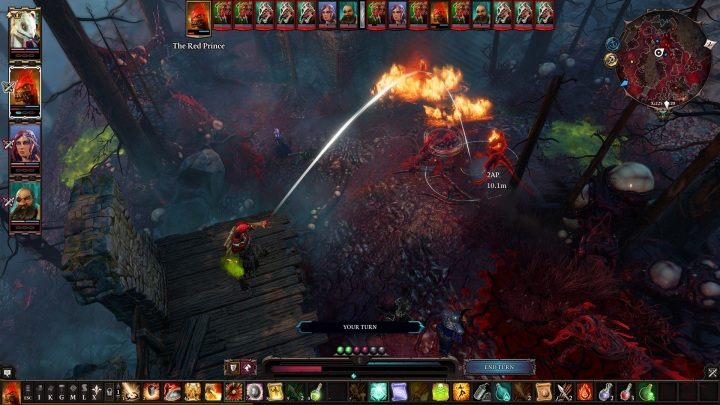
And the plot... damn, it's been a long time since I've experienced such a good story about saving the world. Yes, we can (but don't actually have to) save or fix the world in this game. Even more remarkably, it doesn't get in the player's way. The road to le grande finale is multi-faceted, full of surprises, emotions, fantastic characters, dialogue and wild, crazy ideas. Larian has blended its irreverent humor with darker, heavier themes in great proportions to inspire fear and induce goosebumps, then make you crack a smile. Suffice it to say that we begin in an asylum for mages, which turns out to be a concentration camp, and then only explore more of the darkness of Rivellon.
The role-playing options are endless – it doesn't matter whether you choose one of the template characters or create your own (personally, I prefer option number one). Everything about this game shines and sings. And did I mention the fantastic multiplayer mode and modding capabilities you haven't seen since Neverwinter Nights? No? Well, that's how I remember it.
DIVINITY: ORIGINAL SIN
The first installment of Original Sin also has this power. The plot is decidedly lighter and perhaps a little lesser in quality (though no one can take away from Larian the bizarrely awesome thread of a heroic financial pyramid scheme and some flawless one-liners), the companions are less fleshed-out, and the smaller budget is apparent in the graphics, but this is also where the company's fundamental ideas first hit us with such force. Here we explore a more open world where all the big locations are interconnected, side stories entertain and teach – or at least often elicit gleeful snigger. The music of the late Kirill Pokrovsky completes this unforgettable experience. Finally – this is where Larian put the great combat system through the paces, with lots of tactical options and highly interactive environment. If not for this game, we wouldn't play neither the excellent Divinity: Original Sin 2, nor the upcoming Baldur's Gate 3.
Wasteland 3
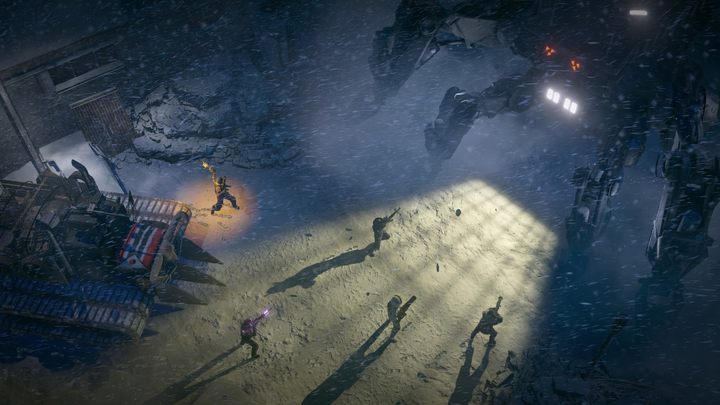
A true, modern isometric installment of Fallout is out of the question, unless Bethesda by some miracle sees this as a way to make a lot of money (hint: they won't). Meanwhile, Brian Fargo and his team at inXile decided to resurrect Fallout's ancestor and created the very decent Wasteland 2, funded by Kickstarter. It did have its problems – bugs, poor dialogue system – but fans loved it anyway. The designers raised more funds and so a much more robust Wasteland 3 was created.
This is one of those sequels you can be proud of. The game definitely looks better at first glance. The landscape of struggle has changed as well. Instead of the sandy, blistering inferno, we got snowy wilderness. Unfortunately, this didn't translate into new mechanics, but it's always an interesting change in terms of atmosphere.
Story-wise, Wasteland 3 stands close to the usual genre tropes, but deftly plays with them. We can now talk to NPCs the regular way, without simple keywords – as the classic, decent dialogue trees have returned. In addition, those dialogues were well written, but then again, this is Brian Fargo's crew. What would this games be without the characters' wacky, witty, and thoughtful expressions? This is the case this time as well. Lots of humor, lots of skillful world-building, and playing with convention. There's a lot of easter eggs, references, and winks to the player. At the same time, it blends nicely with the darker, post-apocalyptic tone.
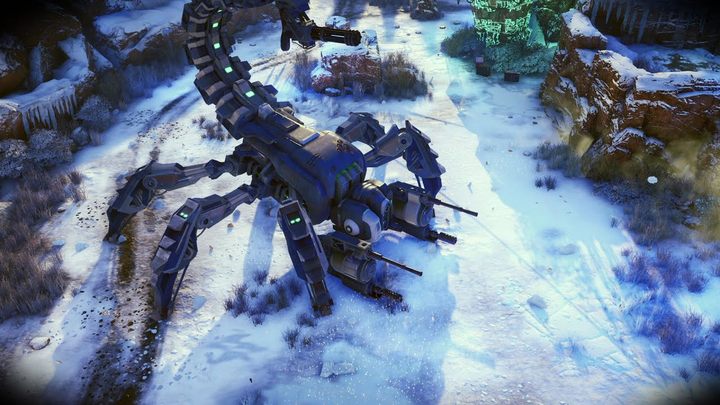
In addition, each task, problem or challenge can be dealt with in several very different ways, as befits a good RPG. Wasteland 3 encourages combinations, depending on the characteristics of our team. This allows each playthrough to look completely different. Especially that we create two heroes and can add two more during the game (mercenaries are also added in).
Wasteland 3 is, of course, a treat for fans of tactical post-apocalyptic combat – executed better and more powerfully than in Wasteland 2. Combined with a very similar, but clearer character development system, this is one of the cooler aspects of the game. Overall, Wasteland 3 turned out a decent, solid entry with occasional flashes of brilliance.
ICEWIND DALE
Speaking of wintery RPGs – I couldn't help but mention the Infinity Engine-powered classic, Icewind Dale. At first glance, it works exactly like Baldur's Gate or Torment, but it still is a bit different from them. It was created as an answer to Diablo. Traversing dungeons and murdering monsters is the clou of the game. If you don't like how Dungeons & Dragons rules were interpreted in video games at the turn of the century, then you'll likely deflect from this entry, because it's essentially a tactical game of chopping enemies to pieces. Nevertheless, for what it is, the plot hides several aces up its sleeve, and some great mysteries. Additionally, Icewind Dale is a small work of art – every visual aspect, despite the archaic engine, looks beautiful, and the game comes with one of the best soundtracks that has been prepared in the last 30 years. If you are not afraid of archaic systems, you may find the project of the now-defunct Black Isle a pleasant way to spend the time before the arrival of Baldur's Gate 3.
